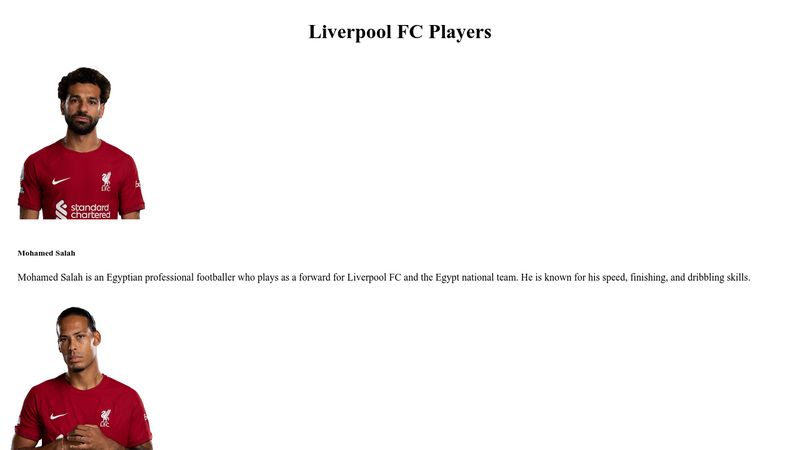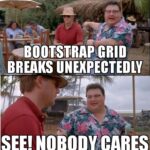
Yo, what’s good, my homies? Today, we’re gonna talk about Bootstrap accessibility, performance, themes and plugins.
Bootstrap is like the DJ Khaled of CSS frameworks. It’s got all the tools you need to create a dope web page.
Bootstrap Accessibility
First up, let’s talk about accessibility. Accessibility is like the VIP section of your web page.
It’s all about making sure everyone, regardless of their abilities, can access your content.
Bootstrap is designed with accessibility in mind. It includes features like keyboard navigation, screen reader support, and high contrast modes.
To make your Bootstrap site even more accessible, you can use the “aria” attributes.
Aria attributes are like VIP passes for screen readers. They tell the screen reader what’s on the page and how it should be read. e.g.
<button aria-label="Play">▶️</button>
This will add an aria label to the play button that tells the screen reader that the button is for playing something.
Bootstrap Performance
Next up, let’s talk about performance. Performance is like the energy level of your web page.
You wanna make sure it’s fast and snappy.
Bootstrap is designed to be lightweight and fast. It uses a modular approach that lets you only include the parts you need.
To make your Bootstrap site even faster, you can use the “defer” and “async” attributes on your script tags.
These attributes tell the browser to load the script in the background while the page is rendering. e.g.
<script src="myscript.js" defer></script>
This will load the “myscript.js” file in the background while the page is rendering.
Bootstrap Themes & Plugins
Finally, let’s talk about themes and plugins. Themes and plugins are like the bling of your web page.
They add some extra flair and functionality.
Bootstrap comes with a ton of built-in themes and plugins that you can use to make your page look and function the way you want.
For example, if you wanna add a cool modal popup to your page, you can use the Bootstrap Modal plugin. Like below:
<button data-toggle="modal" data-target="#myModal">Open Modal</button>
<div class="modal" id="myModal">
<div class="modal-dialog">
<div class="modal-content">
<div class="modal-header">
<h5 class="modal-title">Modal title</h5>
<button type="button" class="close" data-dismiss="modal">×</button>
</div>
<div class="modal-body">
<p>Modal body text goes here.</p>
</div>
<div class="modal-footer">
<button type="button" class="btn btn-secondary" data-dismiss="modal">Close</button>
<button type="button" class="btn btn-primary">Save changes</button>
</div>
</div>
</div>
</div>

This will add a button to your page that opens a modal popup when clicked.
Conclusion
And that’s Bootstrap accessibility, performance, and themes and plugins in a nutshell, fam!
With these tools, you can create a tight web page that’s accessible, fast, and stylish.
So, go ahead and experiment with Bootstrap to create something truly unique.
Peace out!









Clearly, I thank for the help in this question.
I am sorry, it not absolutely that is necessary for me.
Many thanks for the help in this question.
In it something is. Earlier I thought differently, I thank for the information.
Пожалуй, я соглашусь с вашей фразой
It is remarkable, very amusing idea